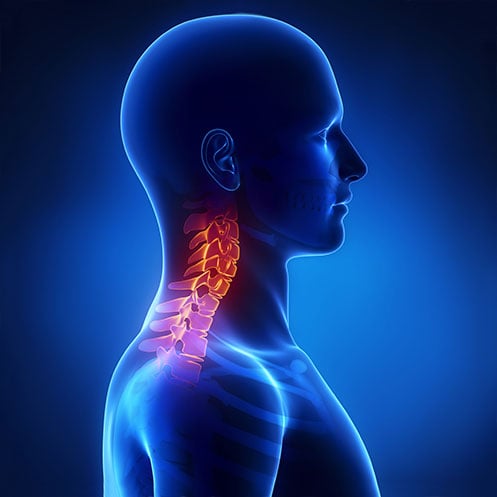Stroke Awareness and Treatment
According to The American Stroke Association, public knowledge of stroke is low. That’s why The Institute for Advanced Reconstruction in Shrewsbury, New Jersey, is joining the effort during Stroke Awareness Month in May and throughout the year. The Institute is a leader in stroke treatment, performing life-altering procedures for select patients who have suffered from some devastating effects of stroke.
Definition of A Stroke
A stroke is the sudden death of brain cells in a localized area due to inadequate blood flow.
What Happens During a Stroke?
A stroke occurs when blood flow is interrupted to part of the brain. Without blood to supply oxygen and nutrients and to remove waste products, brain cells quickly begin to die. Depending on the region of the brain affected, a stroke may cause paralysis, speech impairment, loss of memory and reasoning ability, coma, or death. A stroke also is sometimes called a brain attack or a cerebrovascular accident (CVA).
Some important stroke statistics include:
- More than one-half million people in the United States experience a new or recurrent stroke each year
- Stroke is the third leading cause of death in the United States and the leading cause of disability
- Stroke kills about 160,000 Americans each year, or almost one out of three stroke victims
- Three million Americans are currently permanently disabled by stroke
- In the United States, stroke costs about $30 billion per year in direct costs and loss of productivity
- Two-thirds of strokes occur in people over age 65, but they can occur at any age
- Strokes affect men more often than women, although women are more likely to die from a stroke
- Strokes affect blacks more often than whites and are more likely to be fatal among blacks
Paralysis Resulting From a Stroke
Paralysis is one of the most common disabilities resulting from stroke. Paralysis is usually on the side of the body opposite the side of the brain damaged by stroke and may affect the face, arm, leg, or entire side of the body. This one-sided paralysis is called hemiplegia if it involves a complete inability to move or hemiparesis if it is less than total weakness. Stroke patients with hemiparesis or hemiplegia may have difficulty with everyday activities such as walking or grasping objects. Some stroke patients have problems with swallowing, called dysphagia, due to damage to the part of the brain that controls the muscles for swallowing. Damage to a lower part of the brain, the cerebellum, can affect the body’s ability to coordinate movement, a disability called ataxia, leading to problems with body posture, walking, and balance.
The specialists of The Institute for Advanced Reconstruction deal with some of the results of the stroke. According to Dr. Andrew Elkwood, “Whereas we cannot cure stroke, we can sometimes help treat some of the results. We can sometimes mitigate the paralysis and help patients with increased function. It is possible to lessen some of the spasticity caused by stroke. Ultimately, the goal is to cure and prevent strokes; nonetheless, surgeons at The Institute for Advanced Reconstruction can help limit its devastating effects.”
Relevant procedures deal with the results of most major types of stroke. These include:
Right-Hemisphere Stroke
A stroke in the right hemisphere often causes paralysis in the left side of the body. This is known as left hemiplegia.
Left-Hemisphere Stroke
The left hemisphere of the brain controls the movement of the right side of the body. It also controls speech and language abilities for most people. A left-hemisphere stroke often causes paralysis of the right side of the body. This is known as right hemiplegia.
Brain Stem Stroke
Strokes that occur in the brain stem are especially devastating. The brain stem also controls abilities such as eye movements, hearing, speech, and swallowing.
Innovative Stroke Treatments at the Institute for Advanced Reconstruction
At the Institute for Advanced Reconstruction, world-famous surgeons have pioneered treatments to help reverse arm paralysis in some stroke patients. In fact, the Institute was the first and only center in the nation and probably in the world to successfully perform reconstructive nerve surgery on a stroke patient.
